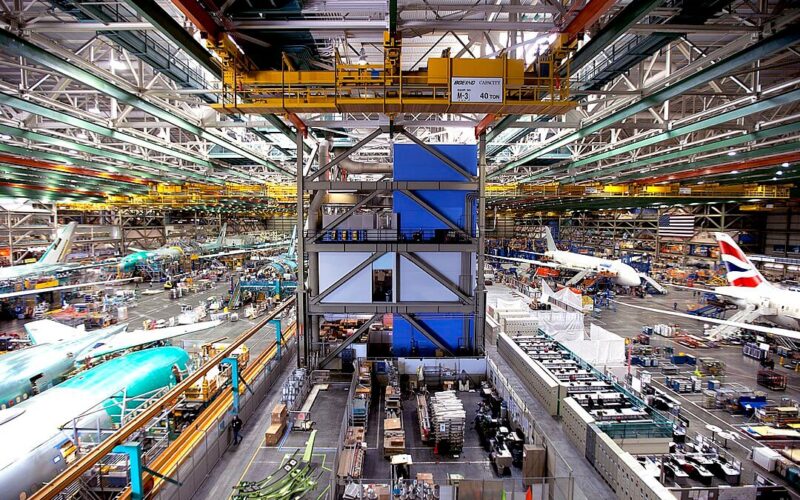On 12th, Boeing released the 2020 China civil aviation market outlook, which estimates that in the next 20 years, Chinese airlines will purchase 8600 new aircraft which worth $1.4 trillion, and will require civil aviation services that value $1.7 trillion. The outlook reflects the leading aircraft manufacturers’ expectation of a robust Chinese market recovery after the outbreak.
The Chinese aviation industry expert Mr. Qiqi shared his opinions on the few questions the local financial media raised after the report:
Boeing’s forecast of the needed aircraft number in the coming 20 years is higher than the previous forecast. Does the pandemic not affect the market’s need for new aircraft?
In the long period of the next 20 years, the epidemic’s impact is still periodic and short-term. The fundamental reason for the sharp drop in domestic and international air travel is due to the human factor – the restraint of consumption demand caused by the epidemic prevention measurements from countries worldwide. When the pandemic is under control, the public’s concern about the epidemic situation will be reduced or even normalized, and the demand for air travel will rebound sharply and return to the normal development curve. The hot-sale of the “unlimited pass” launched by some airlines shows “human’s obsession with aviation flight”. Modern air travel is not only a means of transportation, but also a way of life. Whether it’s 3 years or 5 years, the impact is short-term when measured and judged by a long timespan. At present, the industry panic is the external response to the current situation that has not been experienced and not recognized. Time will eventually smooth out the short-term impact of the epidemic on global aviation market demand.
What are the most significant changes in Boeing’s forecast for new aircraft compared with the previous one?
From the perspective of aircraft manufacturers, it is common and understandable to release optimistic market expectations. This forecast is comprehensive, not only Boeing’s sales forecast in China. With the completion of certification, mass production, and delivery of C919 in the future, global narrow-body aircraft’s delivery capacity will be improved. However, in terms of wide-body aircraft, it is estimated that only Boeing or Airbus aircraft can meet the market demand in the forecast period. In Mr. Qi’s opinion, Boeing’s forecast is slightly conservative regarding the need for new regional and freighter aircraft. China’s new policy and strategy will significantly benefit the regional aviation market and international air cargo market and accordingly increase the demand for regional aircraft and new wide-body cargo aircraft. It is needed to pay more attention to the impact of policies on demand when forecasting China’s market, rather than relying only on historical data and forecasting tools.
Single-aisle aircraft has always accounted for 75% of the demand for new aircraft, and the suspension of 737max has made Boeing’s new orders weak in the past year. Do you think that the situation of Boeing and Airbus in the aircraft manufacturing market will be changed?
When talking about the manufacturing of large-scale civil aviation aircraft with high technology content, the problems on new models exist objectively and cannot be avoided. Airbus and Boeing have encountered similar problems in the development of other new aircraft, which are in service now. There were delays in delivery and temporary grounding as well. Mr. Qi believes that we can not deny the progressive and efficient nature of the 737MAX series because of its current technological problems and political factors. “Find the problem, solve the problem, verify that the problem has been solved” is a reasonable logic for any new product to mature. It will remain one of the most competitive narrow body machines in the world in the future. What Boeing and Airbus need is not market share, but the overall scale of the global new aircraft market, which is more valuable.
How will China and the global market share of new aircraft adjust and change over the next 10 or 20 years?
In the next 10 to 20 years, the biggest variable of China’s new aircraft delivery market is C919. Looking at the support of ARJ21 and the purchasing enthusiasm from domestic airlines, C919 can be expected to rapidly increase its market share in China if its certification, mass production, and continuous airworthiness are all on schedule. It will then reduce the corresponding market demand for Airbus and Boeing. However, in the global new aircraft market, C919 should not change the Boeing and Airbus duopoly’s pattern in the next five years. The relative number of market share is not so essential; the absolute number of new aircraft order is the key.
(Source: CARNOC author Mr. Qiqi)

